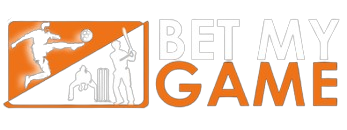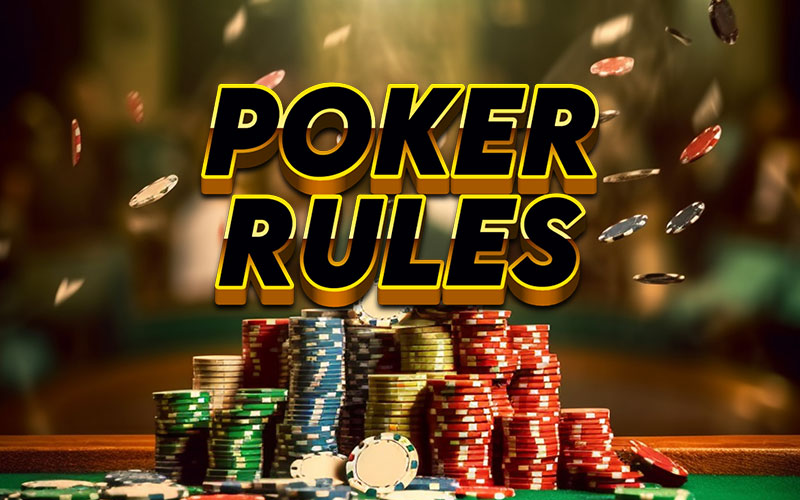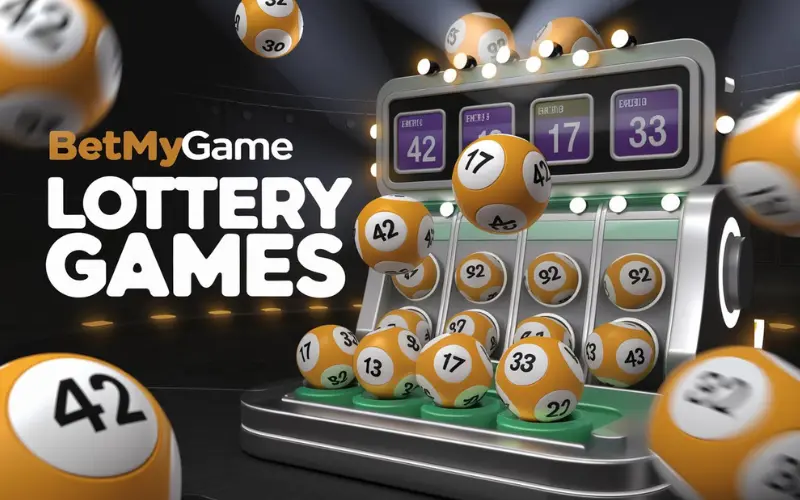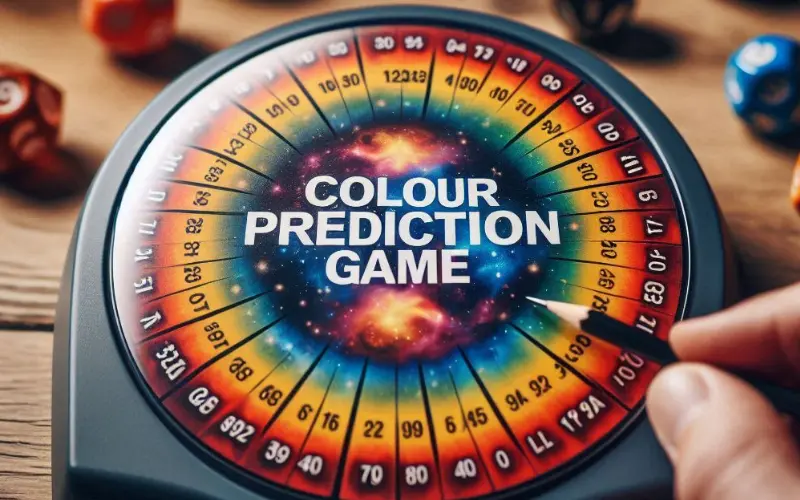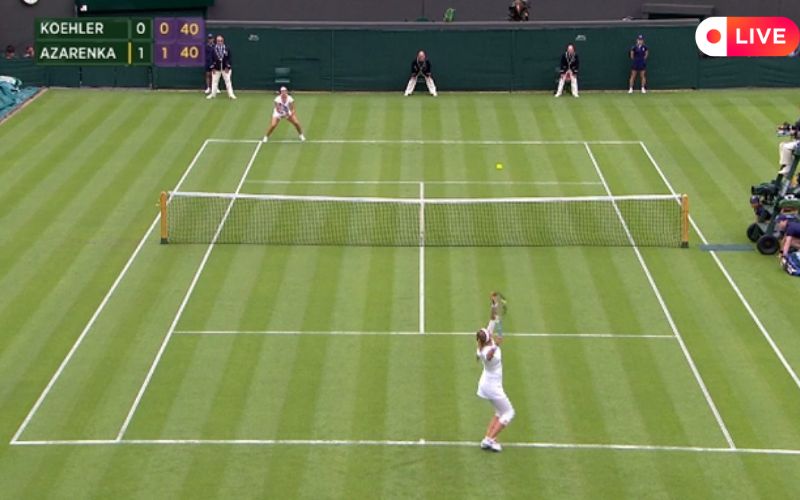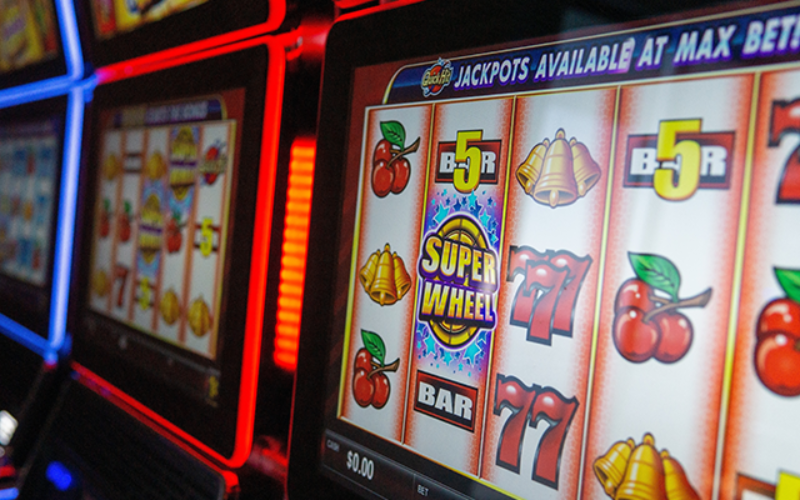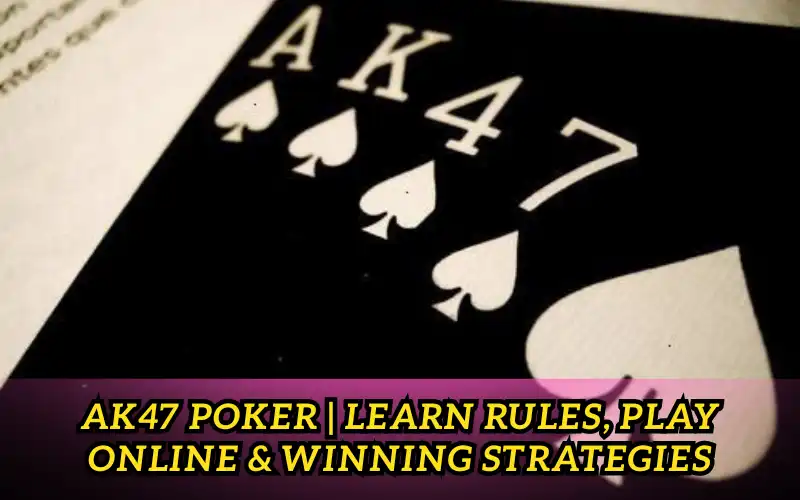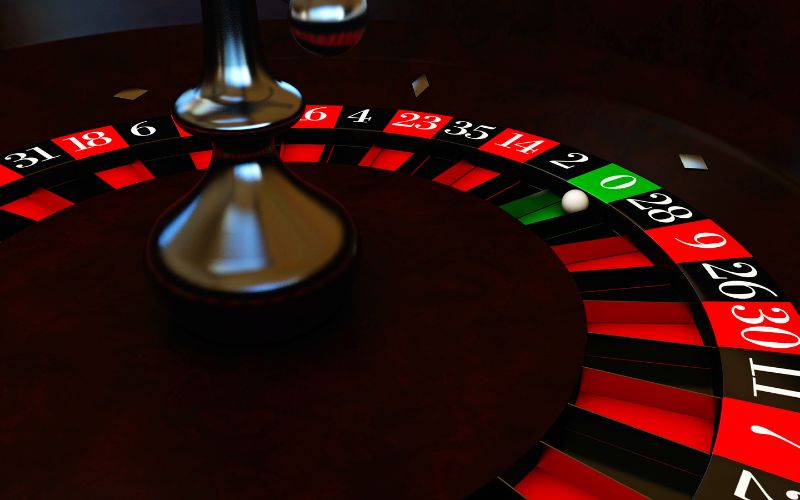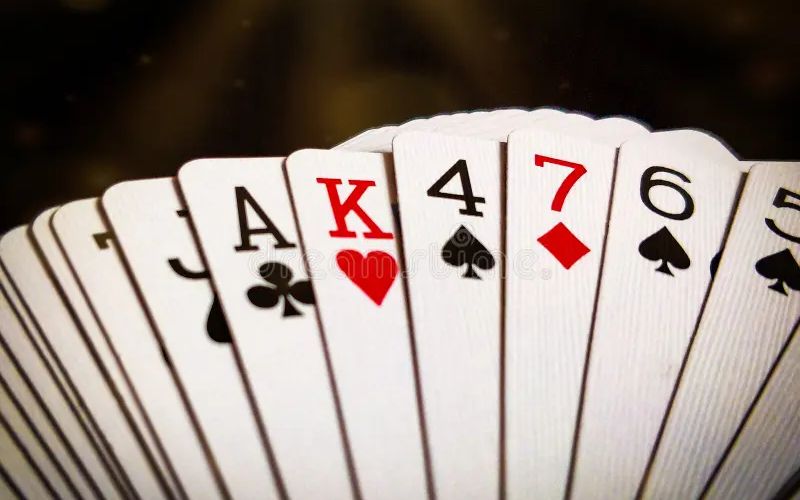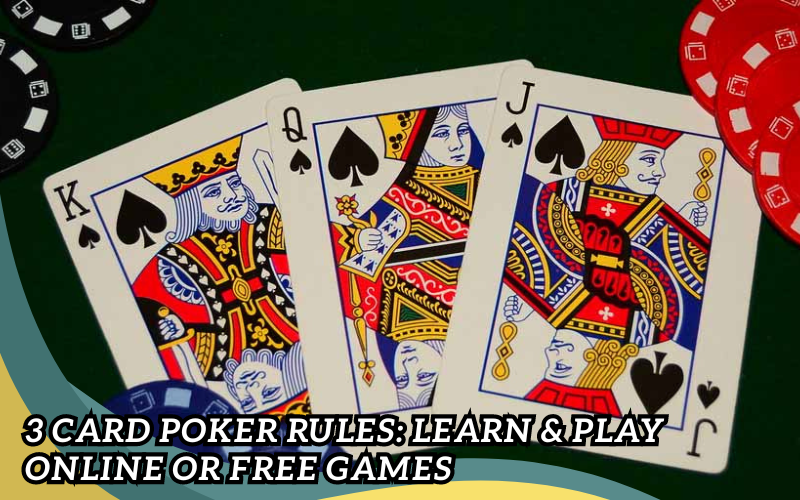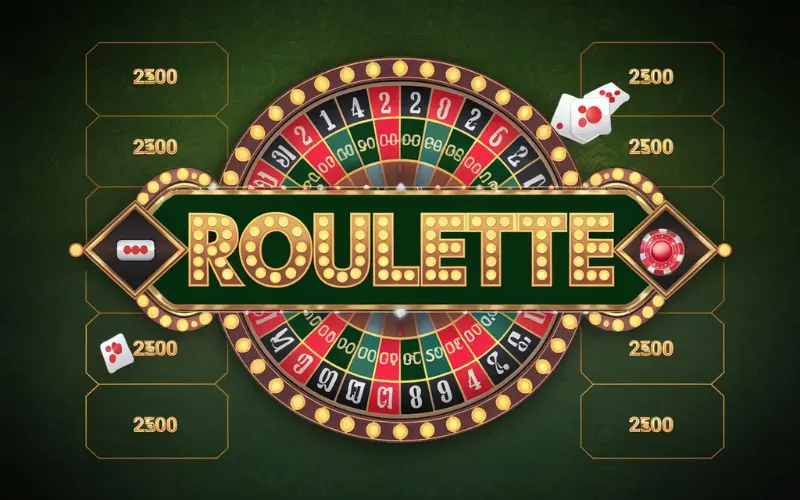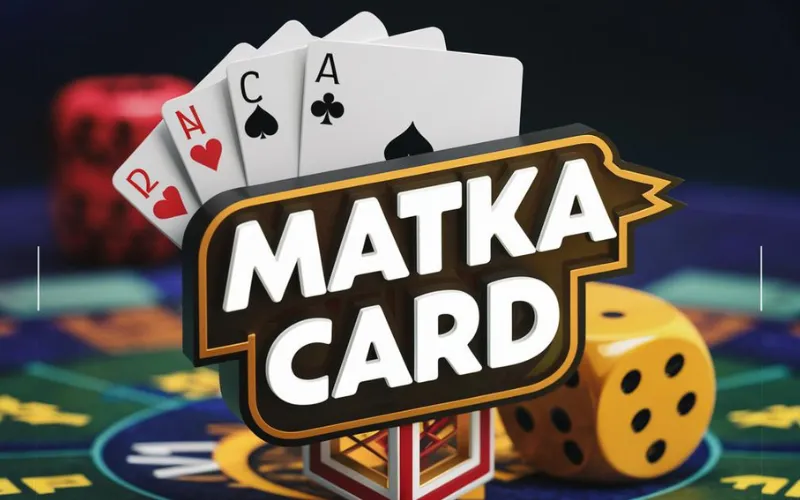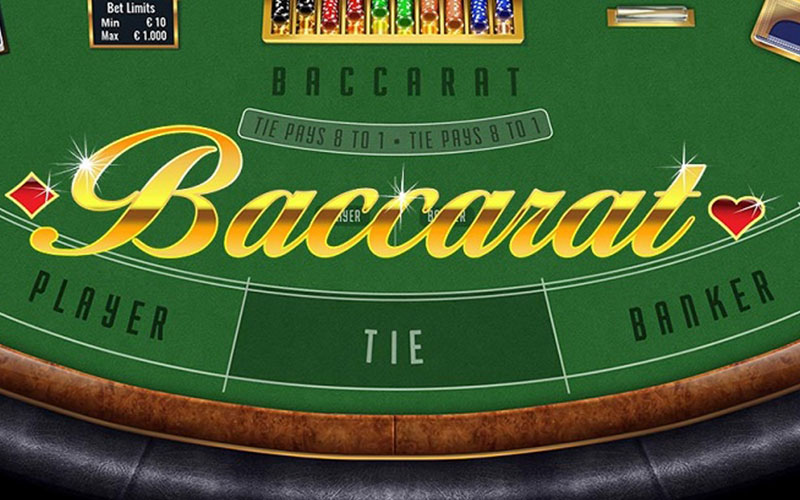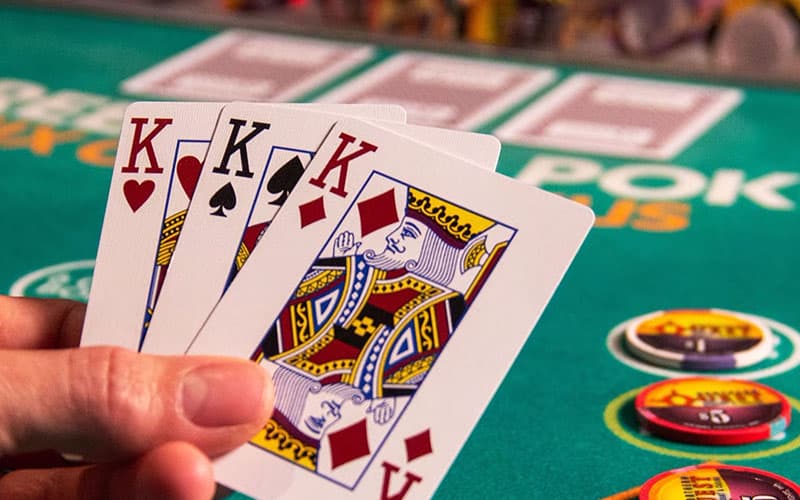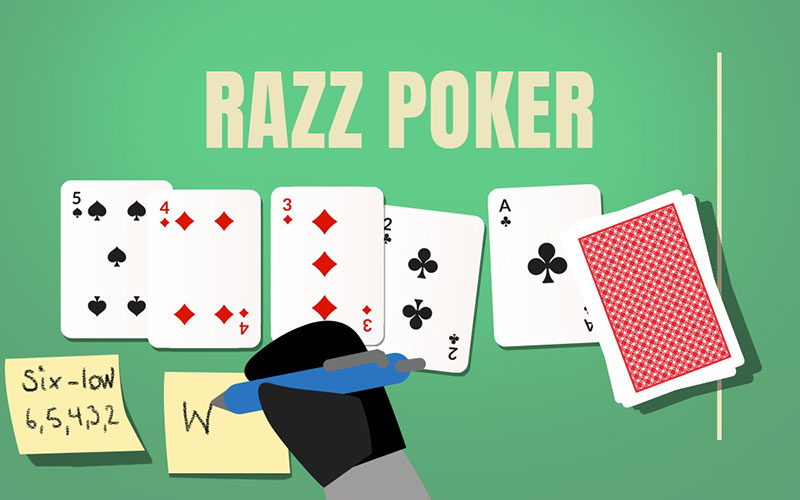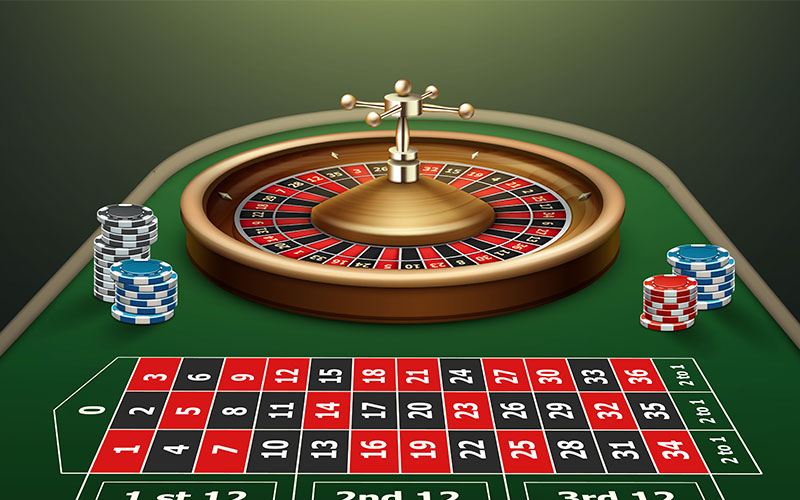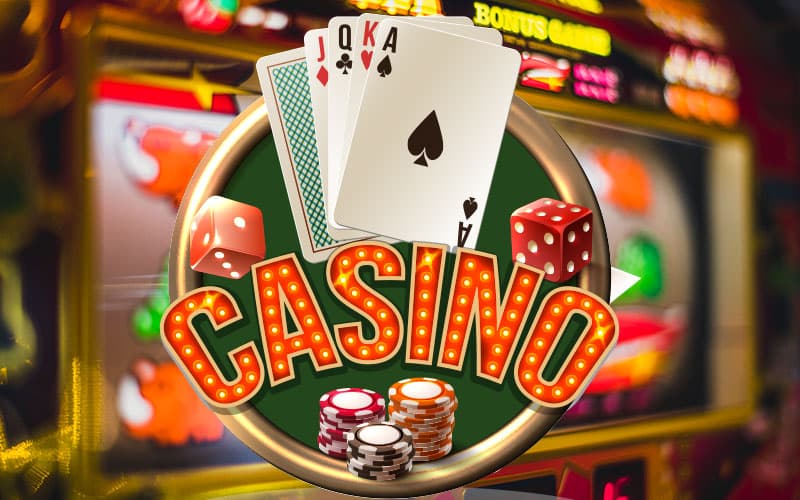Poker is a game of skill, strategy, and a bit of luck. Whether you’re playing at a physical table with friends or diving into the world of poker, understanding the poker rules is crucial for success. This guide will walk you through the basics of how to play poker, covering everything from poker to the sequence of play, so you can feel confident the next time you take a seat at the table.
Understanding Poker Rules

At its core, poker is a card game where players bet based on the strength of their hand, aiming to either have the best hand or to convince other players to fold. While there are many variations of poker, Texas Hold’em is the most popular, especially in poker platforms. Regardless of the variation, the basic poker rules remain consistent.
- The Deal: Each player is dealt a set number of cards, depending on the version of poker being played. In Texas Hold’em, for example, each player receives two cards face down, known as “hole cards.” Five community cards are then dealt face up in the center of the table over several rounds.
- The Betting Rounds: After the initial deal, a round of betting ensues. Players can choose to fold (give up their hand), call (match the current bet), or raise (increase the bet). The betting continues through several rounds as more community cards are revealed.
- The Showdown: After all betting rounds are complete, players who haven’t folded reveal their cards in the showdown. The player with the best hand, according to the sequence, wins the pot.
The Poker Sequence
To succeed in poker, understanding the poker sequence—the ranking of hands—is essential. The sequence determines the value of your hand in comparison to others. Here’s a brief overview:
- Royal Flush: A, K, Q, J, 10, all of the same suit.
- Straight Flush: Five consecutive cards of the same suit.
- Four of a Kind: Four cards of the same rank.
- Full House: Three of a kind combined with a pair.
- Flush: Five cards of the same suit, not in sequence.
- Straight: Five consecutive cards of different suits.
- Three of a Kind: Three cards of the same rank.
- Two Pair: Two different pairs.
- One Pair: Two cards of the same rank.
- High Card: The highest card in your hand when no other combination is made.
Understanding this sequence is vital for making strategic decisions during the game. Knowing when you have a strong hand—or when to bluff your way to victory—can make all the difference.
How to Play Poker: Tips for Beginners
For those new to the game, here are some basic tips on how to play poker effectively:
- Start with Low Stakes: When learning how to play, start with low stakes games. This approach allows you to practice without the pressure of losing significant amounts of money.
- Pay Attention to Other Players: Observing your opponents is key. Watch for betting patterns and body language that might give away the strength of their hands.
- Manage Your Poker Chips Wisely: In poker, managing your poker chips is just as important as understanding the rules. Avoid going all-in too early, and make sure to have a strategy for when to bet big or when to fold.
- Practice Online: Many players hone their skills by playing poker online. Online platforms offer a wide range of games, from low stakes to high stakes, allowing you to practice and refine your strategies at your own pace.
Conclusion
Understanding the poker rules, mastering the sequence, and learning how to play strategically are essential for any aspiring poker player. Whether you’re handling poker chips at a live table or playing poker, the skills you develop will enhance your gameplay and increase your chances of winning. So, study these fundamentals, practice regularly, and soon you’ll be making your mark in the exciting world of poker.
